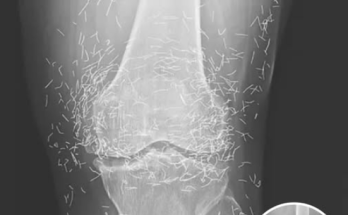“The Album No One Wanted to Open”
There were twenty-five photographs in the album. No captions. No dates. Just images, printed on matte paper, tucked into sleeves that had yellowed with time. It sat on the top shelf of the old cabinet in my aunt’s house, behind a stack of unused candles and a jar of dried tamarind.
“Don’t look if you can’t handle it,” she said the first time I reached for it.
I was twelve then, curious and stubborn. I thought she meant it as a dare. But her voice wasn’t teasing—it was tired. Like someone who’d carried too many stories and didn’t know how to set them down.
I didn’t open it that day.
Years passed. I moved away, studied abroad, learned to speak in polished syllables and think in bullet points. But every time I came home, the album was still there. Untouched. Waiting.
It wasn’t until my aunt passed—quietly, in her sleep—that I finally opened it.
The first photo was of a man standing in floodwater, waist-deep, holding a child above his head. His face was blurred, but the child’s eyes were sharp—wide, terrified, trusting. I stared at it for a long time, unsure if the water was rising or if the man was sinking.
The second photo showed a pair of sandals on a dirt road. One was torn. The other was perfectly intact. There was no one in the frame, but the way the light fell made it feel like someone had just stepped out of view.
The third was harder.
It was my aunt. Younger. Kneeling beside a woman whose face was covered with a scarf. Her hand rested on the woman’s shoulder, and her eyes—those eyes—held something I’d never seen before. Not grief. Not fear. Something quieter. Like she was holding the woman’s pain in her own body.
I kept turning the pages.
Each photo was a story no one had told me. A man with a scar across his cheek, planting rice with one hand. A girl standing in front of a burned-out school, clutching a notebook. A monk sweeping ash from temple steps. A wedding party in a refugee camp, smiling like the world hadn’t ended.
They weren’t graphic. They weren’t sensational. But they were heavy.
They were the kind of images that linger—not because they shock, but because they ask something of you. They ask you to stay. To witness. To carry.
By the time I reached the twenty-fifth photo, I was crying.
It was a picture of a table. Wooden. Scratched. Familiar. On it sat a bowl of sour soup, a folded towel, and a single candle. The flame was mid-flicker. And beside it, a note in my aunt’s handwriting:
“This is where we remember. Even when no one else does.”
I closed the album.
I didn’t put it back on the shelf. I placed it on the table, beside the candle. And that night, I lit the flame again.
Not as a ritual. Not as a performance.
But as a promise.
Because some stories aren’t meant to be hidden. Some wounds aren’t meant to be healed in silence. And some photographs—those quiet, aching, uncaptioned photographs—are the only proof that someone stayed. That someone saw. That someone didn’t look away.


